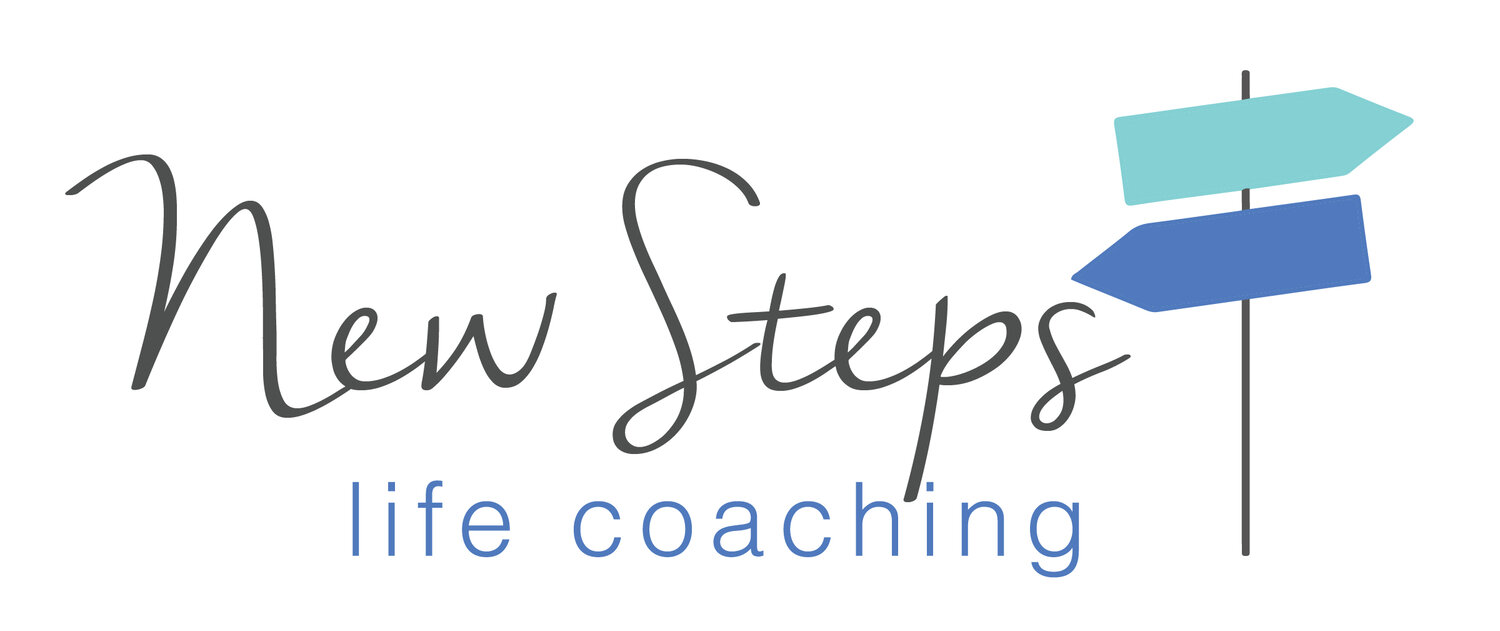Remember, Celebrate, and Have Hope
/The gardens are blooming, the Patio is open, and We’re ready for visitors!
Life is moving forward while the challenges of 2020 are still on our minds. Many people have shared with me that they are feeling sad, discouraged, stuck, or even depressed. They’ve lost their MOJO after struggling through the last year. It’s not a simple thing to flip the switch and “just be happy.” I think it takes a conscious effort to express what you are grateful for, take baby steps every day and celebrate them! It also takes mindfulness to turn down the negativity bias our brains are wired for, and instead seek out the positive.
I’ve realized that we can still honor the past while also enjoying and celebrating what is going on in the present and giving us hope for the future. Using my own life, here is an example…
Honor and Remember the Past
As we get used to this interim way of being we are still reminded of all we lost last year. I will remember 2020 for so much personal loss; my sister Grace (it’s her birthday as I am writing this), my father-in-law Russell, my cousin Bobby, my Aunt Lucy, and even my dog Celtie and my daughter’s dog, Gracie. I also had to give up my office and classroom where I could give workshops. No year has ever felt this overwhelmingly sad for me and so many around me all at once.
I can turn that loss into an inspiration to make each day count. I can also remember what went well, like the beautiful new patio and extended deck my husband and I built – all by ourselves. We also adjusted quickly, and without too many issues, to both working from home all day. It has given us a sneak peek into retirement, which is just around the corner. We’ve developed new habits and traditions, like lunching and gardening together during a workday and hosting Steve’s mom and my best friend Sheila for Friday night dinner and a movie.
Celebrate the Present
I was in Virginia this past weekend to celebrate not one, not two, but THREE special events for my family. My grandson Gabriel had his First Communion. Gabriel’s mom, Melissa, celebrated a birthday, and our granddaughter Charlotte turned 10! We celebrated all three with barbeques, a girls’ night out, and even a pool party for our family unit.
What a difference 5 months can make. This was the first time the 10 of us were together since Thanksgiving. We gathered with cautious optimism, dare I say HOPE, and a hint of the new way of BEING. Most of us are fully vaccinated or had at least one shot. We still wore masks at church and around town, used sanitizer, and kept our safe distance. Our girls’ night out was at an outdoor restaurant and a little different than it would have been, but the changes weren’t overwhelming.
Change is just that, a change from our “Old Normal” to our “New Normal.” And who knows how long this will last. The important thing is that we are excited and hopeful. We have done what we needed to do to stay safe, free from the virus, and mentally healthy as we’ve adjusted to life’s challenges.
Hope for the Future
I look around me and I am inspired and hopeful, both personally and professionally:
My brother Johnny got married to Angela in Brazil, (Angela is Brazilian) and they made a safe return to South Carolina. I look forward to seeing them in person when the time is right.
My sister’s daughter-in-law, Jen, had a heart transplant and then texted with me the next day!! All I can say is, “WOW!” Today’s technology and medicine is a miracle.
Our grandkids will end the year with vaccinated parents and full-time in-person schooling. AND they are all registered for summer camp!
I have clients in 5 states and Australia. (Technology is a wonderful thing!)
I’m planning an IN-PERSON book club discussion with my networking group, making good use of the patio we built last year. What a joy that will be – to see everyone outside of their Zoom boxes!
I invite you to honor and remember all the amazing ways you coped through the last year, celebrate all the little and big wins in your life, and practice gratitude to boost your hope for the future. Find the positive path and share it with others.













